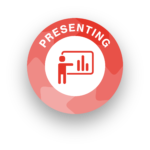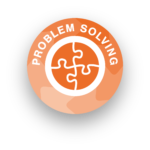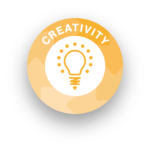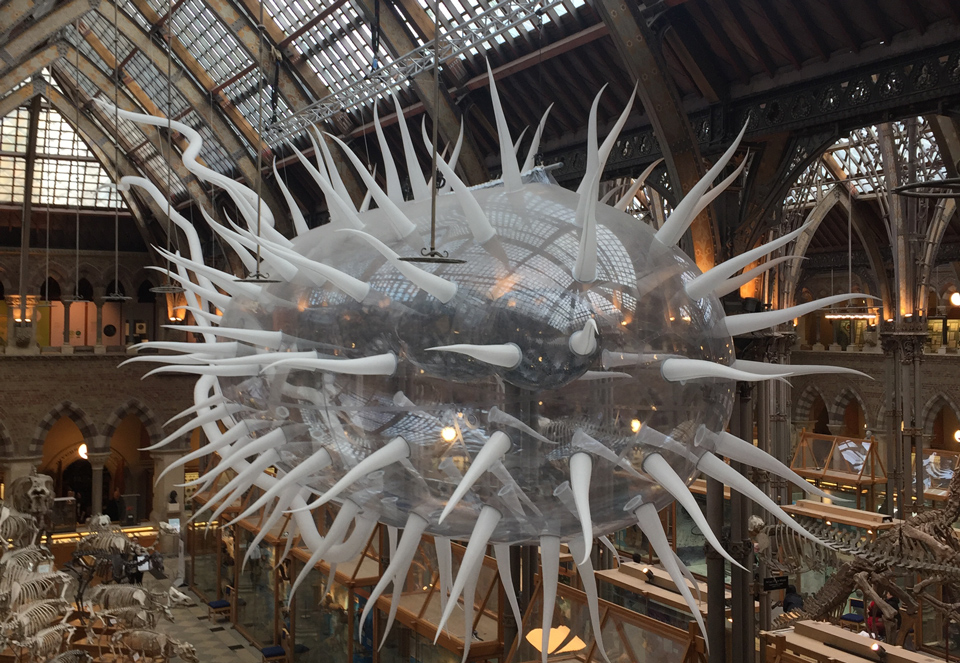Vast, complex, puzzling… those descriptions of the human body might also fit a child with high learning potential. The body and its health provide an excellent platform for creating more challenging thinking. Children can delve into DNA, muse over medical advances, and debate the more gruesome side of medicine, such as past historical amputations! Pick and mix activities to suit.
Make a Playdough Brain
https://www.science-sparks.com/make-a-play-dough-brain/
Look at the anatomy and structure of the brain and find out how it affects our emotions and behaviour. Trick the brain with optical illusions e.g. ‘Optical Illusions and Puzzles’ by Paragon Publishing.
What’s My Illness?
Play a game in which the high potential learner has to identify and diagnose a mystery illness. Can they include medical terms in the diagnosis?
Discuss antibiotics. This video about Alexander Fleming is a good starter: https://www.youtube.com/watch?v=ZAGY36JYQlg
Discuss antimicrobial resistance. Play as Dr. Dirt to find new antibiotics to combat this crisis. https://e-bug.eu/doctor-dirt
Finger on the Pulse
Show the high potential learner how to measure their own pulse or someone else’s. https://humanbodylearning.com/how-check-pulse-rate-child/ Vary the results by doing exercise. The fitter they are, the quicker the return to a slower rate after exercise.
Matters of the Heart
Incredibly, your heart beats more than two billion times on average in a lifetime! Make a pumping heart https://www.kiwico.com/diy/stem/anatomy-biology/pumping-heart
For KS2/3 – Raise awareness about blood types, what levels of stock do we need and for what medical purposes? Draw the different blood types afterwards. Don’t forget the antigens!
Discuss a blood donation advert. What is blood used for in the body? Older children might want to learn about why blood flow can be restricted by clots. Ask why clots evolve or explore what happens with haemophilia.
Investigate the Heart
How Does Your Heart Work? KS2 https://www.bbc.co.uk/bitesize/articles/ztg6gdm
What Does the Heart Do? GCSE https://www.bbc.co.uk/bitesize/articles/zm6xvk7#zyfgjfr
Leonardo da Vinci made many investigations into the heart, meticulously drawing the heart valves and blood flow. He even showed that the heart is a muscle. For younger children, read “Leonardo da Vinci” (Usborne Publishing) or for older age groups, “Leonardo, Portrait of a Master” by Bruno Nardini. There’s also an ipad app https://itunes.apple.com/gb/app/leonardo-da-vinci-anatomy/id520564038 .
Waste Not
Discuss the digestive system. This wordsearch and word fitter will help recall the body parts: https://www.tes.com/teaching-resource/human-digestive-system-11037646 Discuss how large food pieces get broken down in their body.
Skeletal Structure
Younger children – try this online labelling quiz: http://www.abcya.com/skeletal_system.htm
KS2/3 – Compare and contrast skeletons, using pictures and photos of different animals such as a human (internal skeleton), insect (external) and jellyfish (none). Why do skeletons differ? Consider muscles, body growth and flexibility. Is one type of skeleton more advantageous for movement than another?
Has anyone broken a bone or knows someone who has. Ask them to imagine that they work in a hospital and have been asked to compile a booklet for patients with broken bones and fractures. Do they know the differences between the types of fractures, where the main bones are and why some people such as the elderly are more at risk of broken bones?
Which Water?
Testing water for its pH value will help understand why only certain sources of the clear liquid stuff are safe to drink. It’s also a simple introduction to the meaning of acidic or alkaline.
You will need:
- Several clear jars
- Filtered and tap water
- Pond or stream water (optional)
- Vinegar, salt, baking powder
- Litmus pH test strips
Fill and label each jar with a different water type.
Discuss how water can be acidic or basic and is measured on a pH scale.
Test the waters with the litmus paper. Start with the baking powder and vinegar waters first. Let the litmus papers dry. Discuss the different colours on the test strips. Can the high potential learner put the liquids in order from most acidic to most basic? Are they surprised by any of the results and why?
Ask them to think of other reasons as to why we need water than dehydration. Less obvious reasons are: a cushioning for organs, cooling down bodies, as a medium inside cell, and for transporting messages between cells.
KS2-3 – Wide Awake? Many common stimulants contain caffeine. Discuss the effects of caffeine on the ability to learn, do sport or potential health problems, such as over activation of the adrenal glands.
Sweet Health?
With rising obesity levels, read our blog Fizzy Drink Fuss and discuss if children think high-sugar products should be banned, or if we should have the choice in what we buy. For example, chef Jamie Oliver is putting a levy of 10 pence on all non-alcoholic soft drinks with added sugar sold in his restaurants. Jamie’s Sugar Rush shows foods where it can be hidden: https://www.youtube.com/watch?v=hS4zLOws7jM
Jump to It
It’s been over 50 years since Neil Armstrong walked and jumped on the moon. Ask your high potential learner to jump as high as they can by a wall, mark the point reached and measure the height. Can they calculate how high they could jump on other planets? For deeper thinking – add the concept of gravitational pull.
Medical Matters
Inspirational stories on the web:
Read first-hand accounts from children at https://www.gosh.nhs.uk/children/your-hospital-life-real-stories/
Watch BBC TV Programmes such as Operation Ouch!; Get Well Soon; Horizon.
View Online Exhibitions such as Oxford’s Natural History Museum Bacterial World https://oumnh.ox.ac.uk/bacterial-world
Visit:
- Thackray Medical Museum, Leeds https://thackraymuseum.co.uk/
- The Old Operating Theatre, London – Europe’s oldest surviving operating theatre https://oldoperatingtheatre.com/











